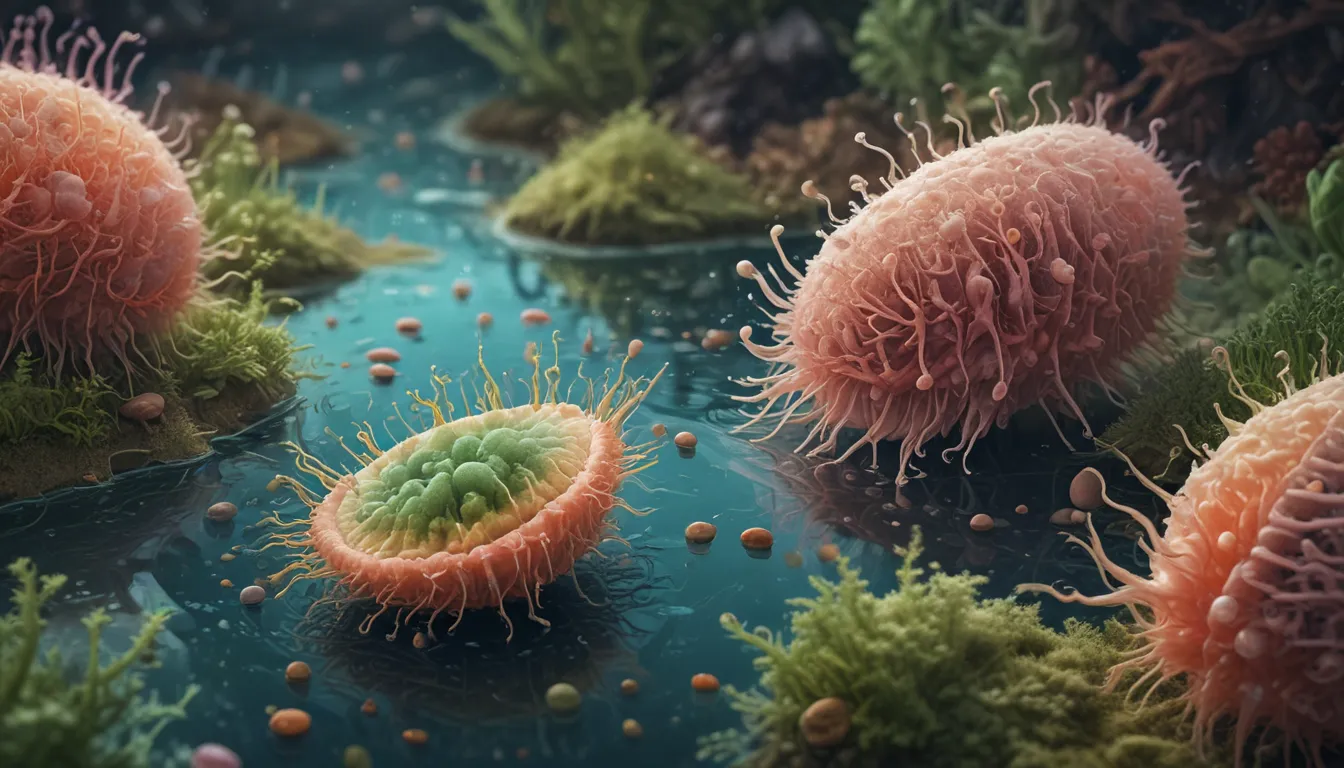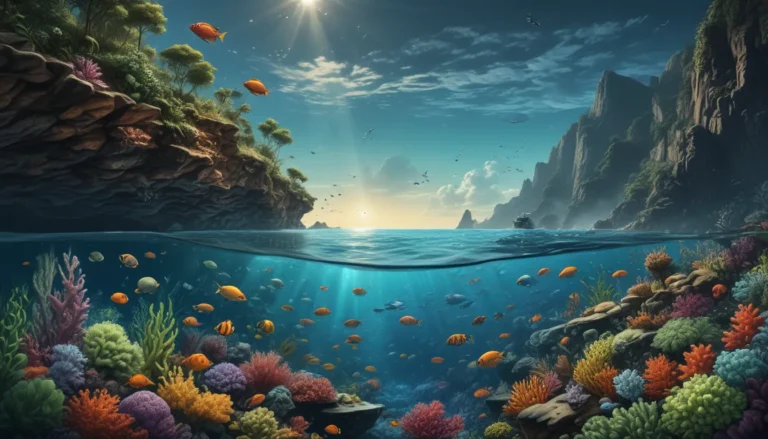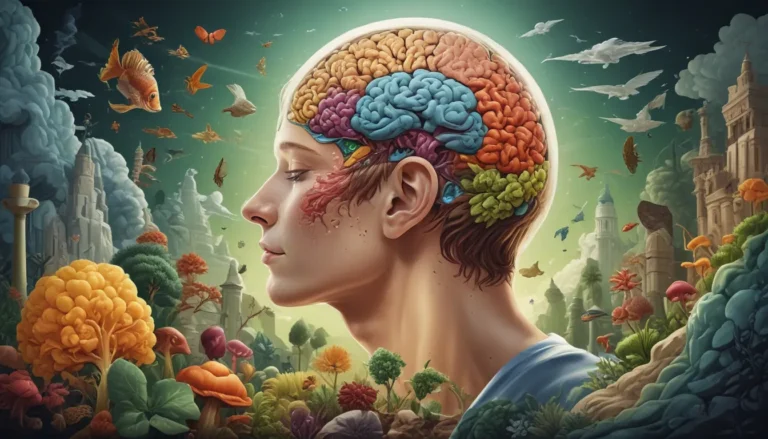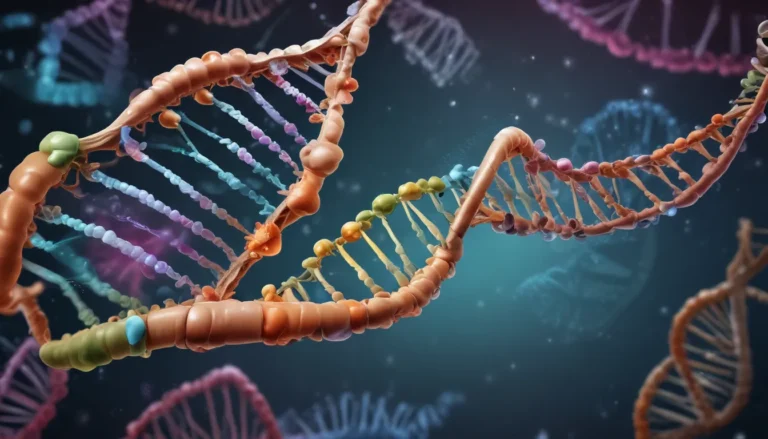A Note About Images: The images used in our articles are for illustration purposes only and may not exactly match the content. They are meant to engage readers, but the text should be relied upon for accurate information.
Welcome to the enchanting realm of protists, where tiny single-celled organisms hold the key to a world of diversity and wonder. In this article, we will unravel the extraordinary characteristics, ecological importance, and captivating behaviors of protists that make them a riveting subject of study. Join us on this journey as we delve into the hidden world of these microorganisms and unlock the secrets they hold.
The Pioneers of Life
Embark on a journey back in time to the origins of life on Earth, where protists emerge as the pioneers of complex life forms. These single-celled organisms played a crucial role in the evolutionary journey, setting the stage for the development of multicellular organisms and shaping the biodiversity we see today.
Ecological Balance and Nutrient Cycling
Despite their diminutive size, protists wield immense ecological significance in maintaining the delicate balance of ecosystems. As primary producers, they play a vital role in nutrient cycling within aquatic environments, converting sunlight and inorganic compounds into organic matter through the process of photosynthesis. This essential role provides energy and nutrients to support the intricate web of life in ecosystems.
- Protists act as primary producers, converting sunlight and inorganic compounds into organic matter through photosynthesis, providing energy and nutrients to other organisms in the food chain.
- Some protists are predatory, feeding on bacteria and smaller organisms, helping regulate population sizes and maintain ecosystem balance.
Symbiotic Relationships and Unique Reproductive Strategies
Protists engage in various symbiotic relationships, forming partnerships with other organisms for mutual benefit. For example, certain protists live within corals, providing essential nutrients while seeking refuge in a protected environment. Moreover, these diverse microorganisms showcase a range of reproductive strategies, from asexual reproduction to sexual reproduction, enabling them to adapt and thrive in changing environments.
- Some protists can undergo multiple forms of reproduction, showcasing their adaptability to different environmental conditions.
Exploring the Diverse Kingdom of Protists
Dive into the world of protists and discover the astonishing diversity that defines this kingdom. With over 200,000 known species, protists come in a variety of shapes and sizes, ranging from microscopic single cells to larger multi-cellular organisms. This vast array of forms and structures makes the study of protists a fascinating and challenging field, offering a glimpse into the intricacies of life at a microscopic level.
- Protists showcase an incredible range of structural adaptations, from intricate silica shells in diatoms to the size extremes of microscopic unicellular organisms and giant kelps that form underwater forests.
Algae: The Oxygen Producers and Phytoplankton Marvels
Delve into the world of algae, a group of protists essential for oxygen production on our planet. Through photosynthesis, algae contribute significantly to oxygen generation and serve as primary producers in aquatic ecosystems. Their presence fuels marine food webs, supporting the productivity of oceans and contributing to global oxygen production.
- Algae are crucial contributors to the planet’s oxygen production, serving as primary producers in aquatic ecosystems.
Protozoa: The Masters of Adaptation and Bioluminescence Wonders
Explore the diverse adaptations of protozoa, another group of protists that display remarkable survival strategies across different environments. From whip-like flagella for swift movement through water to intricate structures like cilia or pseudopodia for capturing prey, protozoa showcase a range of adaptations that highlight their resilience and resourcefulness. Additionally, certain protists exhibit the captivating ability of bioluminescence, producing light that creates stunning displays in the ocean at night.
- Protozoa demonstrate a range of adaptations for survival, from flagella for movement to cilia and pseudopodia for prey capture.
The Intriguing World of Protists: Unraveling Mysteries and Discovering Connections
Step into the mysterious realm of slime molds, unique protists that exhibit behavior reminiscent of fungi. When food is scarce, individual slime mold cells aggregate to form a cohesive entity that moves as a coordinated multicellular organism. Furthermore, protists play a significant role in the food industry and agriculture, with certain species utilized in the production of food products and valuable contributions to medical research.
- Certain protists are utilized in the food industry and agriculture, contributing to the production of food products like seaweed and serving as valuable model organisms in scientific studies.
Exploring Protists in the Modern Age: FAQs
Are protists only found in water?
Protists can inhabit a variety of habitats, including aquatic environments like oceans, lakes, and rivers, as well as terrestrial habitats such as soil and damp surfaces.
Do protists have a role in food production?
Yes, certain protists, particularly algae, play a significant role in food production, providing nutritional value and serving as a food source for humans and animals.
Can protists be harmful to humans?
Some protists can indeed be harmful, causing diseases such as malaria and giardiasis. Practicing good hygiene is essential to minimize the risk of infection.
Are protists visible to the naked eye?
Most protists are microscopic and require a microscope for observation, although certain algae may be visible to the naked eye under specific conditions.
Do protists have a role in environmental conservation?
Protists contribute to environmental conservation by aiding in nutrient cycling, maintaining ecological balance, and offering potential applications in wastewater treatment and biofuel production.
As we conclude our exploration of the captivating world of protists, we invite you to marvel at the diversity, ingenuity, and interconnectedness of these microscopic marvels. From the depths of the ocean to the lush landscapes of terrestrial environments, protists continue to shape ecosystems and inspire curiosity and wonder in those who seek to unveil the secrets of the natural world. Join us in celebrating the extraordinary world of protists and the boundless possibilities they hold for discovery and exploration.






